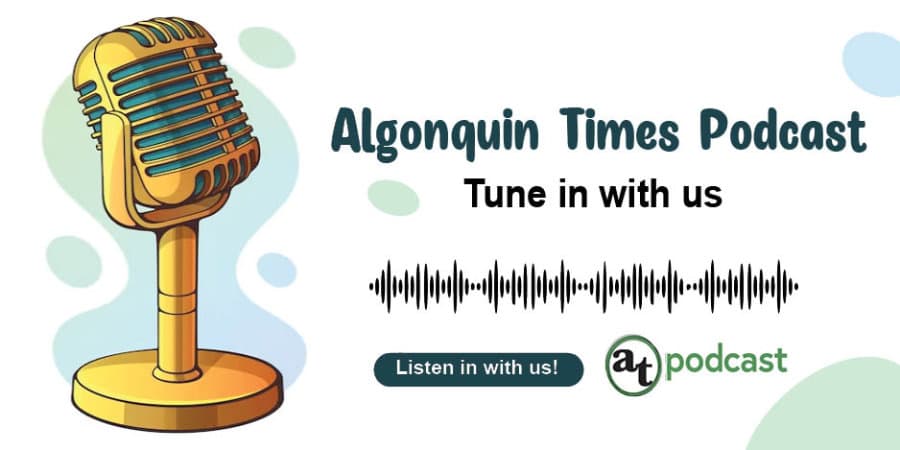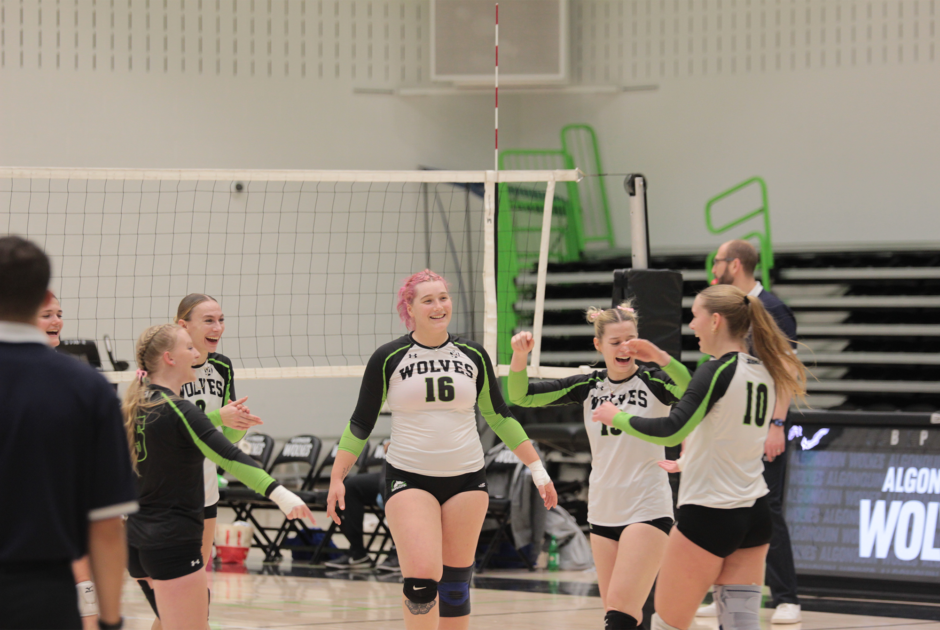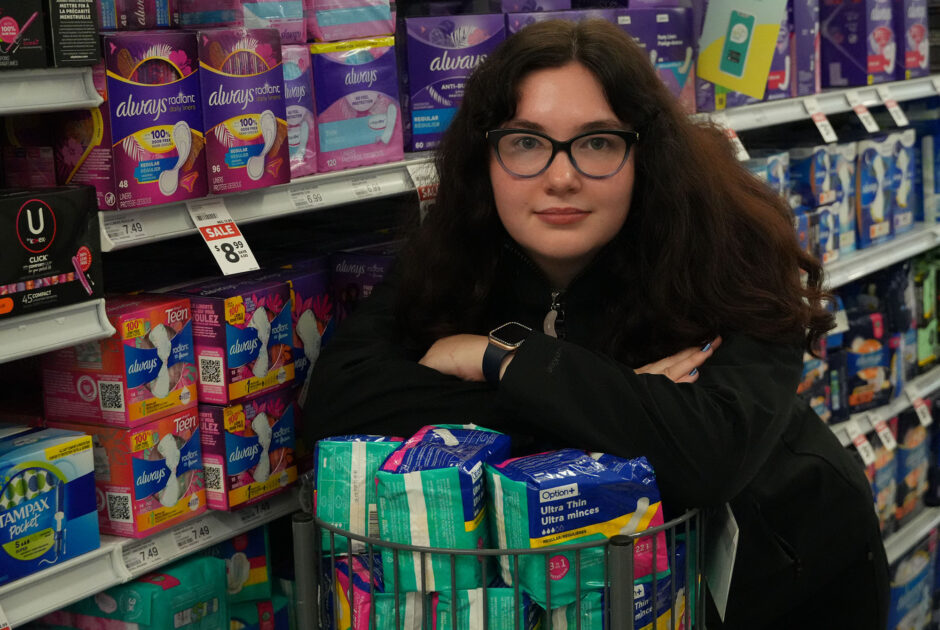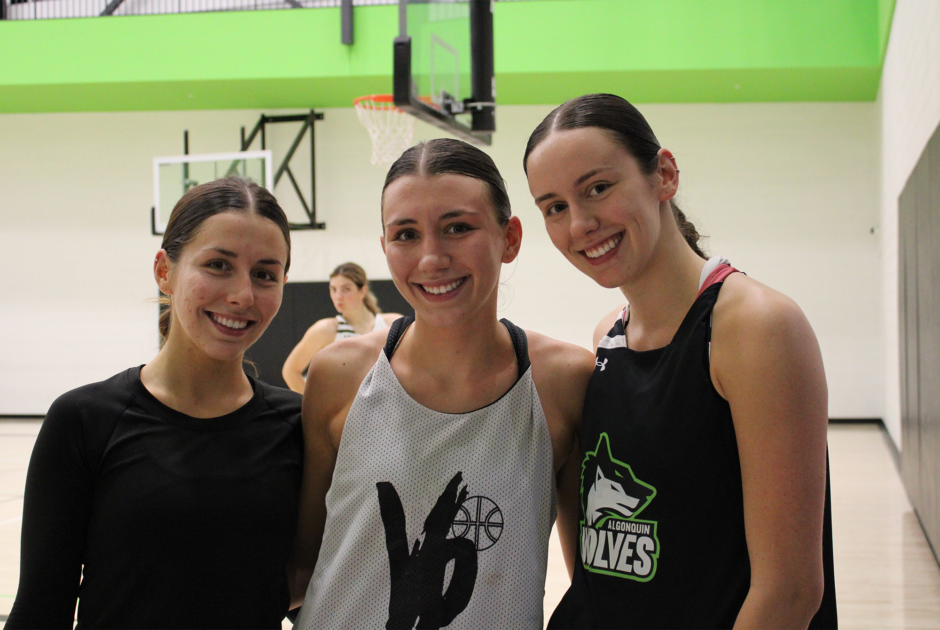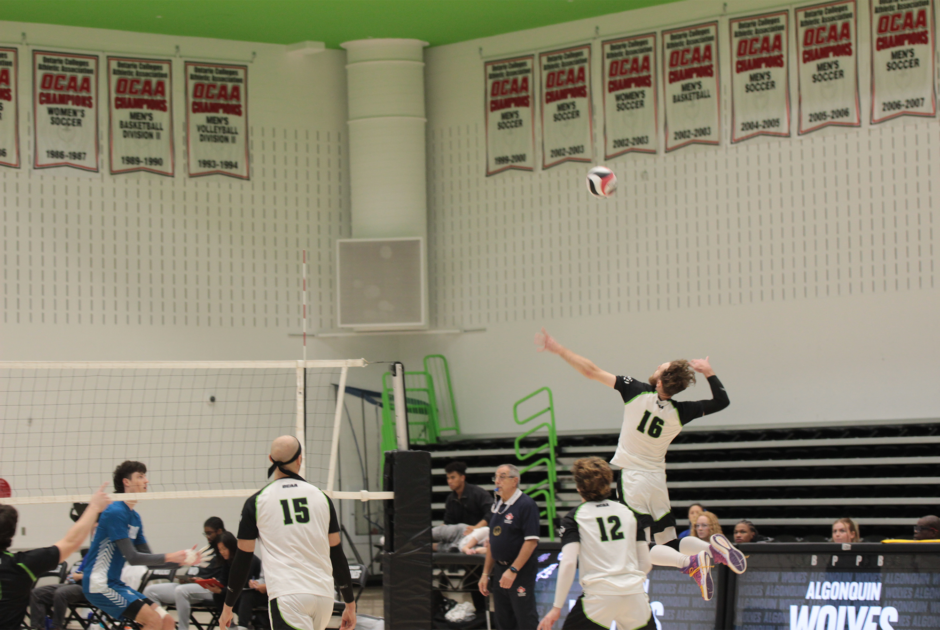Breaking barriers: Wheelchair basketball event highlights inclusivity and accessibility
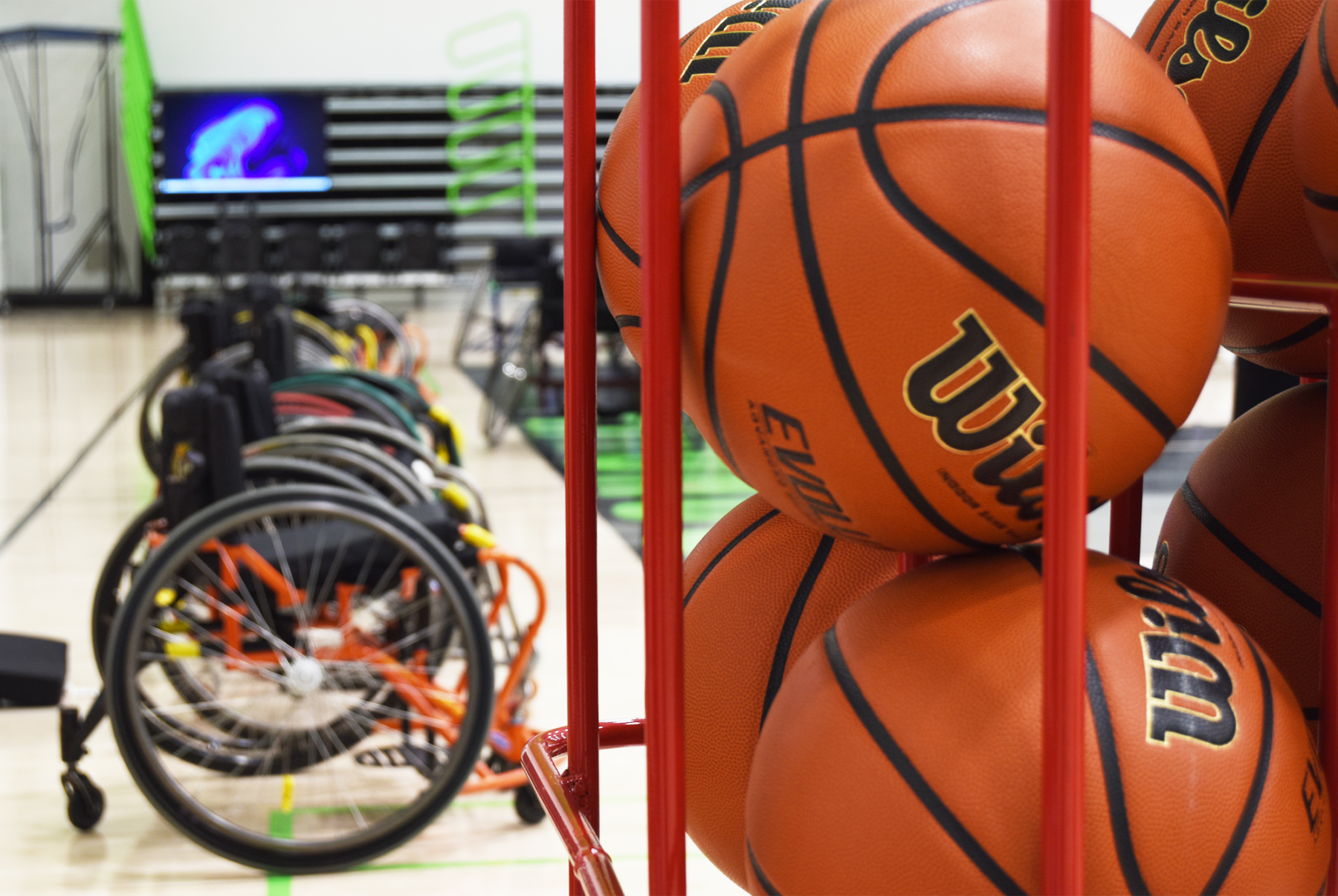
On Sept. 25, students engaged in an inclusive wheelchair basketball event that provided them with the opportunity to experience the sport and address common misconceptions.
“It’s a great opportunity for able-bodied people and those with physical disabilities to play together in the same environment and learn more about pushing the limits of sport in different ways,” said Kathleen O’Nyon, the membership coordinator at Wheelchair Basketball Canada.
The event not only introduced students to the sport but allowed them to feel the inclusivity of adaptive sports.
“It’s all about inclusivity, accessibility, and breaking down barriers for those that are identifying or living with a physical disability,” O’Nyon said.
She said hopefully the campaign will enable people who have disabilities to enjoy the same opportunities and treatment as everyone else.
“A lot of people don’t appreciate adaptive sports or para sports as much as they should or as much as stand-up sports, so I think that it’s a great way for people to understand how hard and how intense it is,” said O’Nyon.
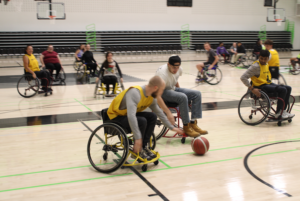
Emily Glossop, professor in the therapeutic recreation program at Algonquin College, was also the event facilitator.
“The goal of our programming is to share with the community how inclusive the sport can be, and how to create inclusive and welcoming spaces for everyone,” said Glossop.
The event aimed to break down misconceptions about wheelchair basketball. “A lot of people don’t know that wheelchair basketball is a fully inclusive sport, people with and without disabilities can play,” said Glossop.
“I think people have a lot of misconceptions around wheelchair basketball and para sports as a whole,” O’Nyon said. “Today they are gonna learn the similarities between wheelchair basketball and stand-up basketball, but also some differences that need to be considered when you have a physical disability.”
During the event, Glossop explained basic skills including how to control the movement of a wheelchair and how to sprint, while allowing the students to try and experience passing, picking up the ball and shooting the ball.
“Handling the basketball and trying to pass it was the most challenging part,” said Taylor Reid, a Level 2 student in the recreation and leisure services program.
“The most surprising and challenging part for me was trying to handle the ball at the same time as moving the chair,” said Maddy Cook, a Level 2 student in the recreation and leisure services program. “It’s an interesting sport and I want to learn more about it.”



